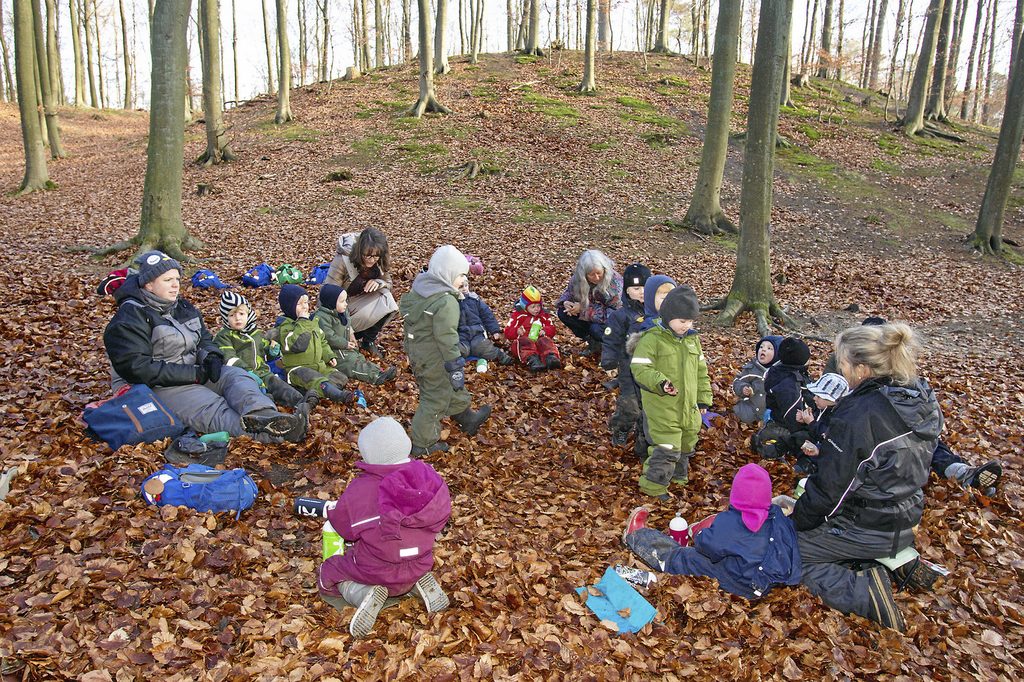Perhaps you first fell in love with nature when you saw a killer whale breaching the water.
Maybe it was the fresh scent of foliage beneath a towering fir tree.
Maybe it was as small as watching the ants build a nest in your backyard.
Most people are innately drawn to nature. This affinity for the wild world is called biophilia—first coined by psychologist Erich Fromm in 1973 and later adopted by renowned ecologist and philosopher E.O. Wilson.
Wilson argued that people are dependant on nature; it provides resources like clean water and air as well as food and medicine. The outdoors are universally revered, and artists have drawn inspiration from nature since time immemorial.
Before people lived in big cities, they depended on their senses in the wild world to hunt prey and gather food. Having a deep connection with nature improved people’s chance of survival, Wilson argued, and therefore provided an evolutionary advantage.
The basis for this biophilia, he thought, could even be genetic.
“I will make the case that to explore and affiliate with life is a deep and complicated process in mental development,” he wrote in his book Biophilia. “Our existence depends on this propensity, our spirit is woven from it, hope rises on its currents.”
So far, scientists haven’t discovered a genetic basis for biophilia, but an ever-increasing amount of research shows that spending time outside has myriad health benefits. Studies have shown that time in nature lowers blood pressure and stress hormone levels, enhances immune function, reduces anxiety, and improves mood. Overall, spending more time outside relieves stress.
In the book The Last Child in the Woods, author Richard Louv even argues that the current lack of nature is causing health problems in children. Because of things like technology, poor urban planning, or a lack of environmental education, children in the last few decades are increasingly suffering from something Louv termed “Nature Deficit-Disorder.” He argues that Nature Deficit Disorder contributes to a shortening of attention spans, diminished use of the senses, obesity, and higher rates of emotional and physical illness.
Luckily, the effects of nature deficit disorder can easily be reversed.
In Europe, Skovbørnehaver, or “forest-schools,” are gaining in popularity. Originating in Scandinavia, these forest schools are similar to a day care where children are free to explore the woods. Doing so heightens their senses, improves their motor skills, piques their curiosity, and develops a compassion for nature.
In Japan, shinrin-yoku Shinrin-yokuTermed by the Japanese Ministry of Agriculture, Forestry, and Fisheries, shinrin-yoku is a practice involving immersing oneself in a forest environment to experience the therapeutic benefits of nature, believed to enhance overall well-being. , or forest bathing, is a popular activity.
Researchers suspect that aerosols from trees increase immune cells that fight tumours and infections. Another study found that woody essential oils caused a spike in healthy immune cells.

